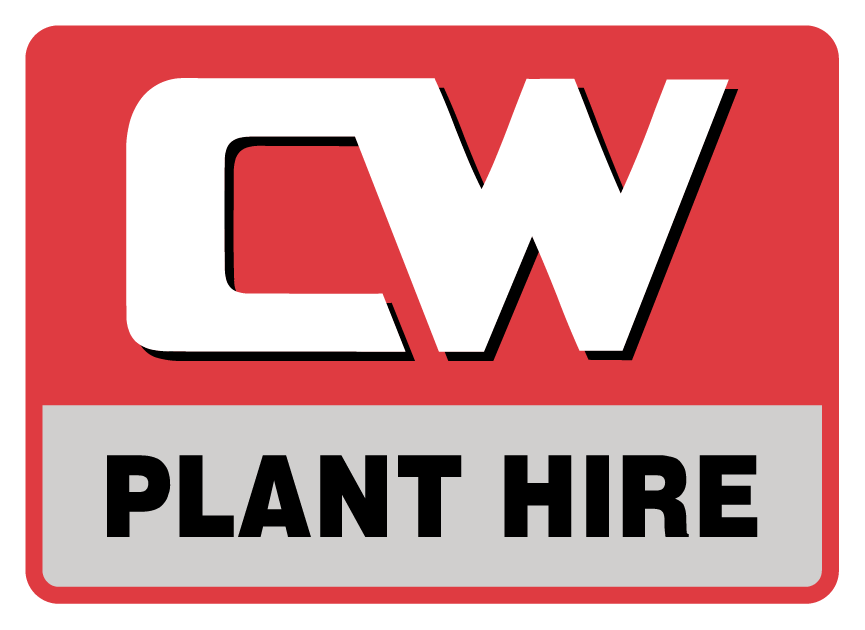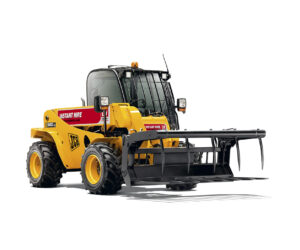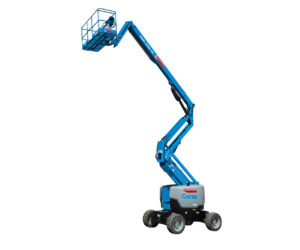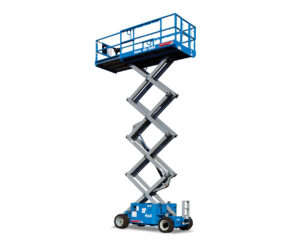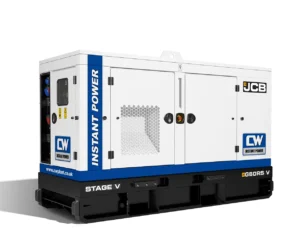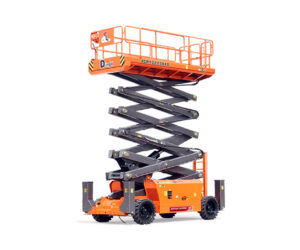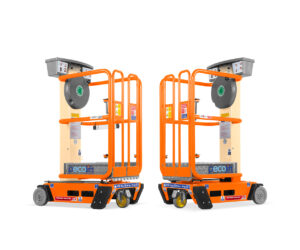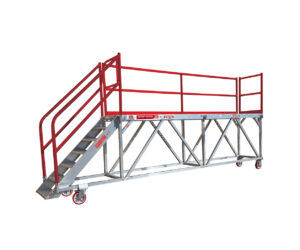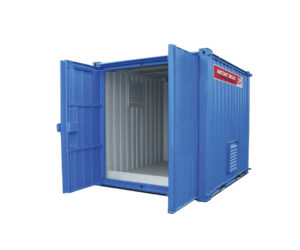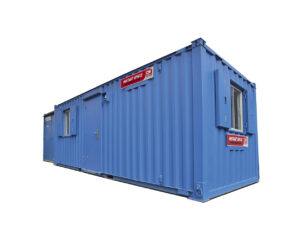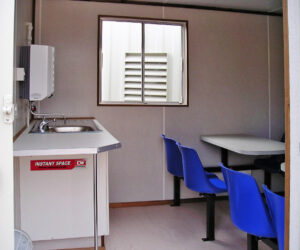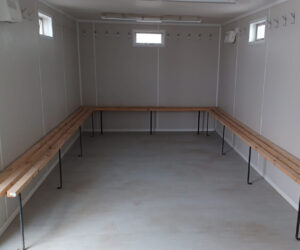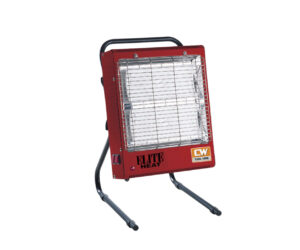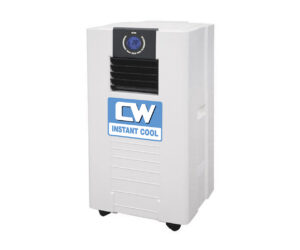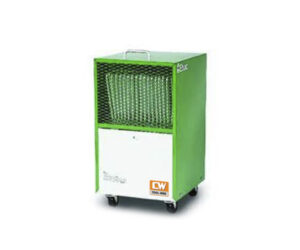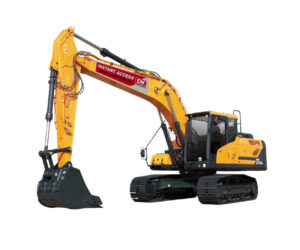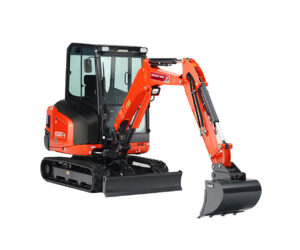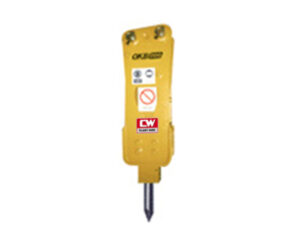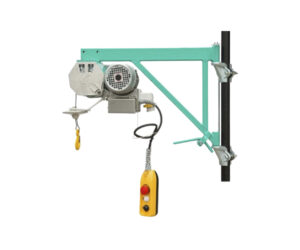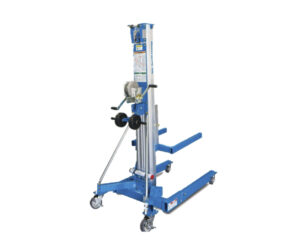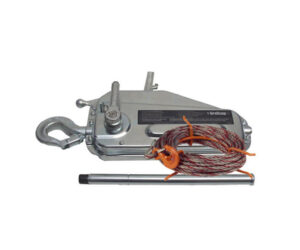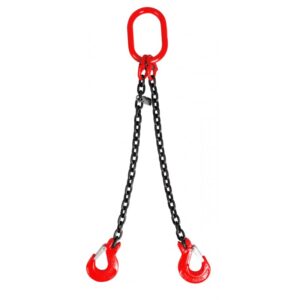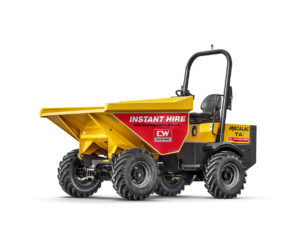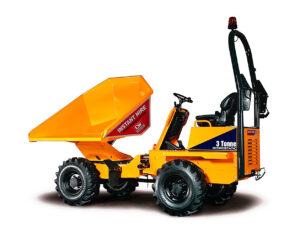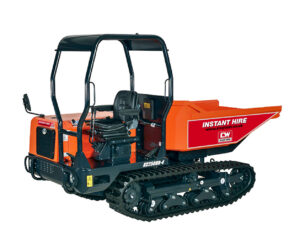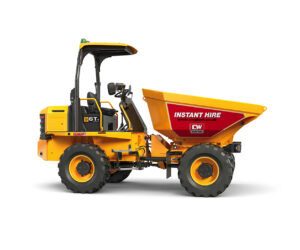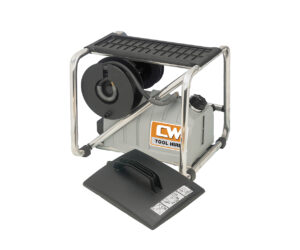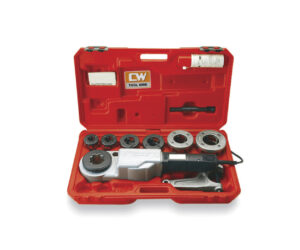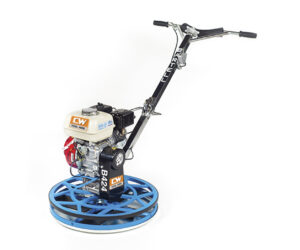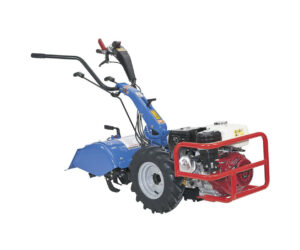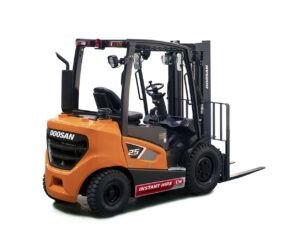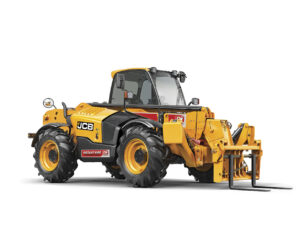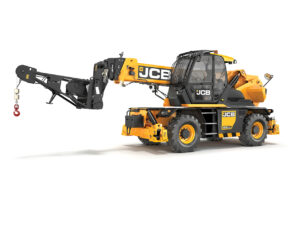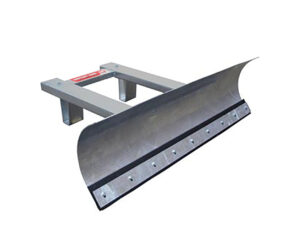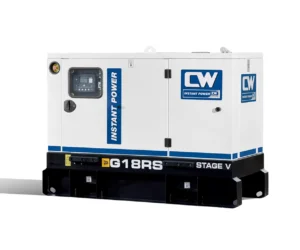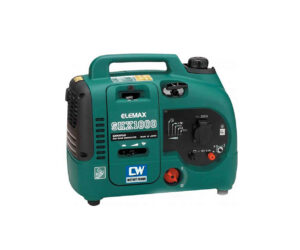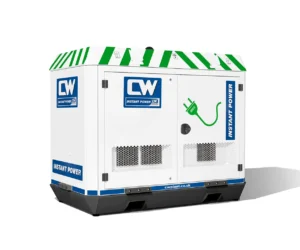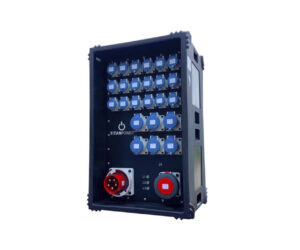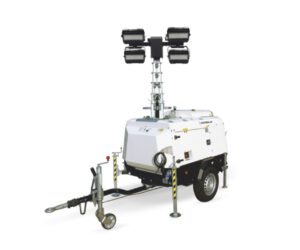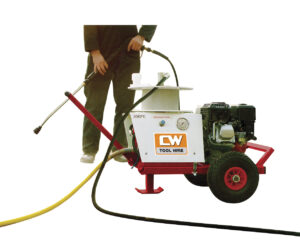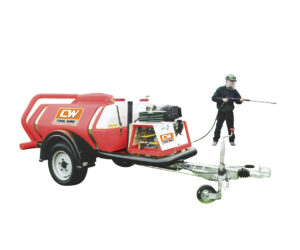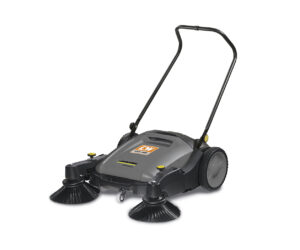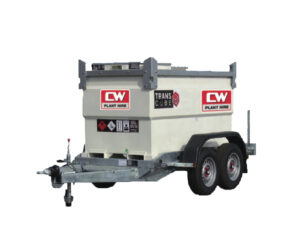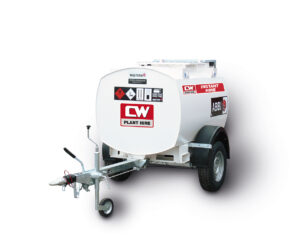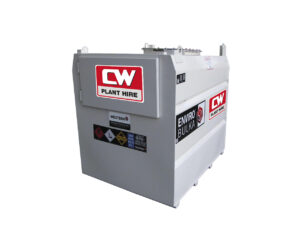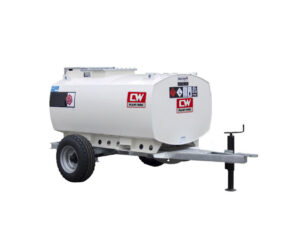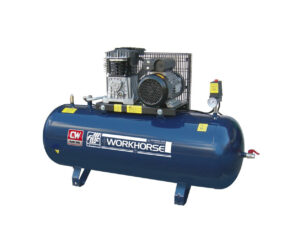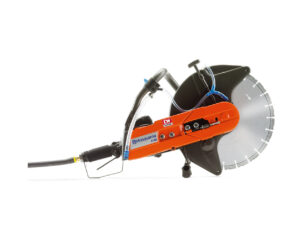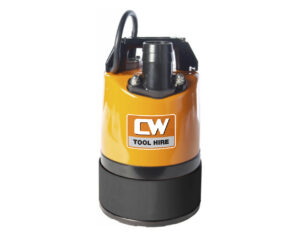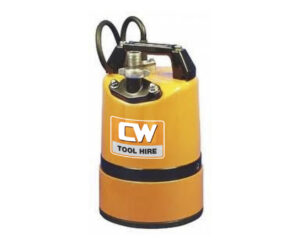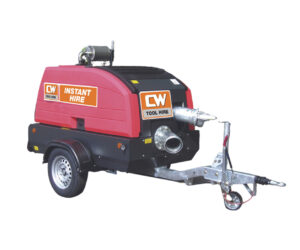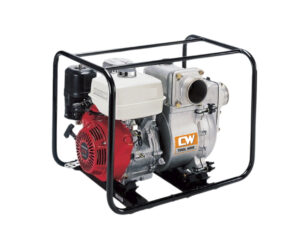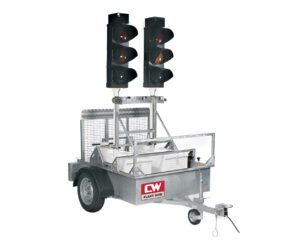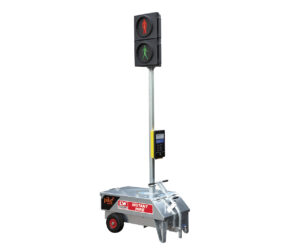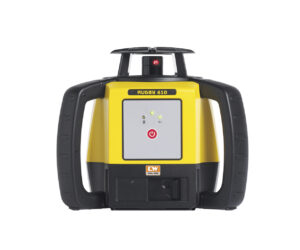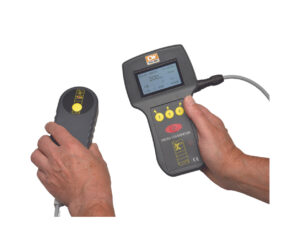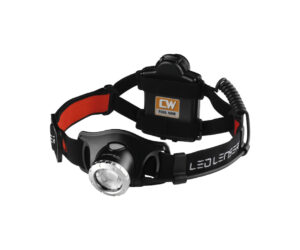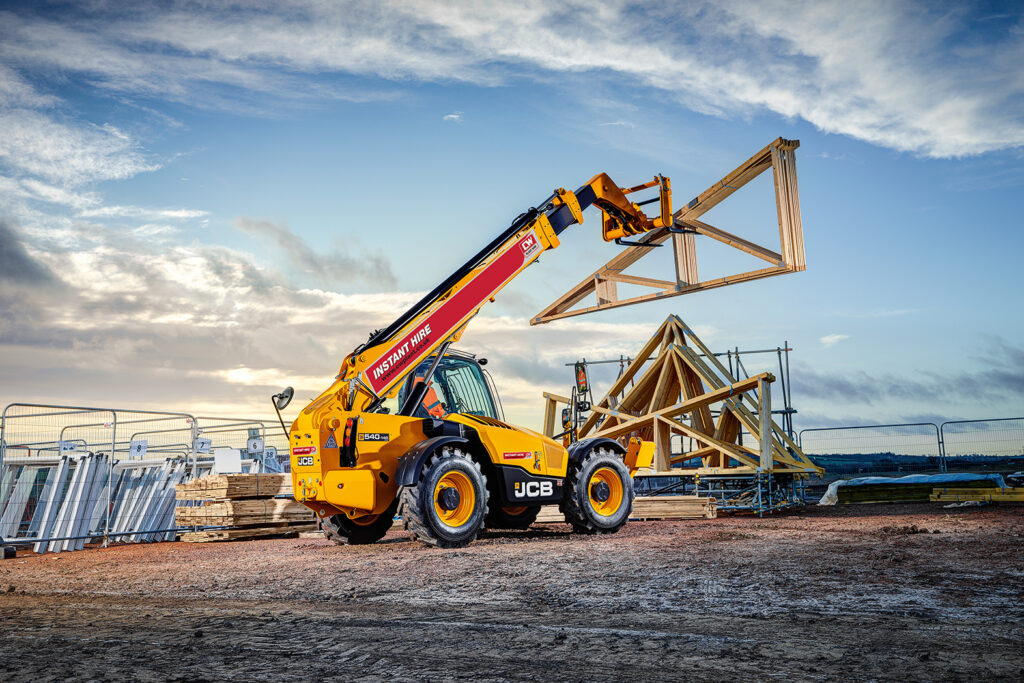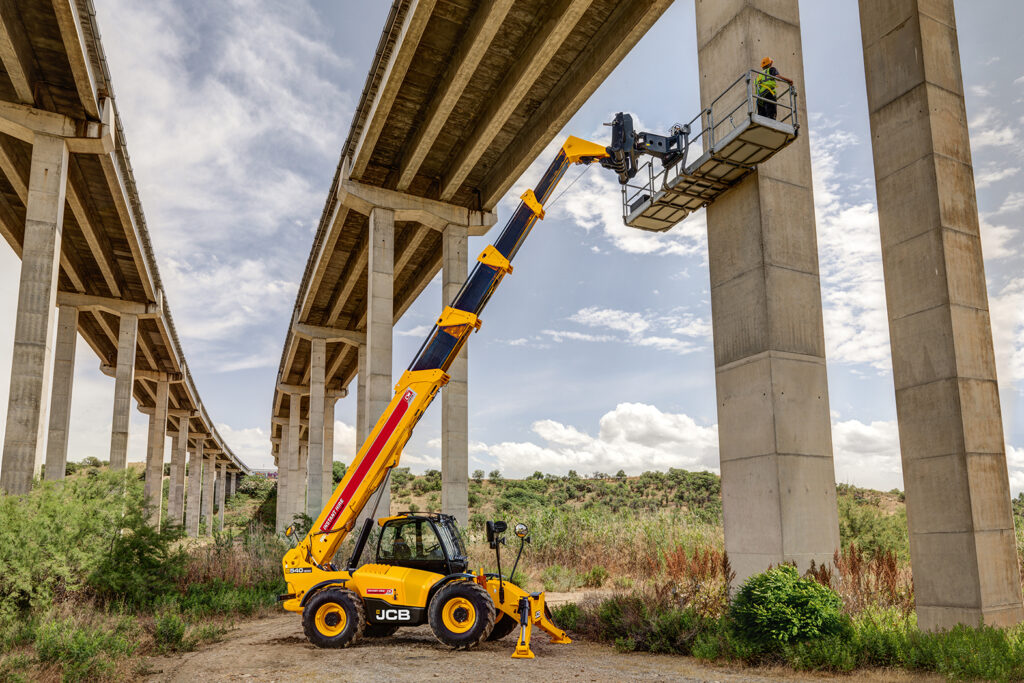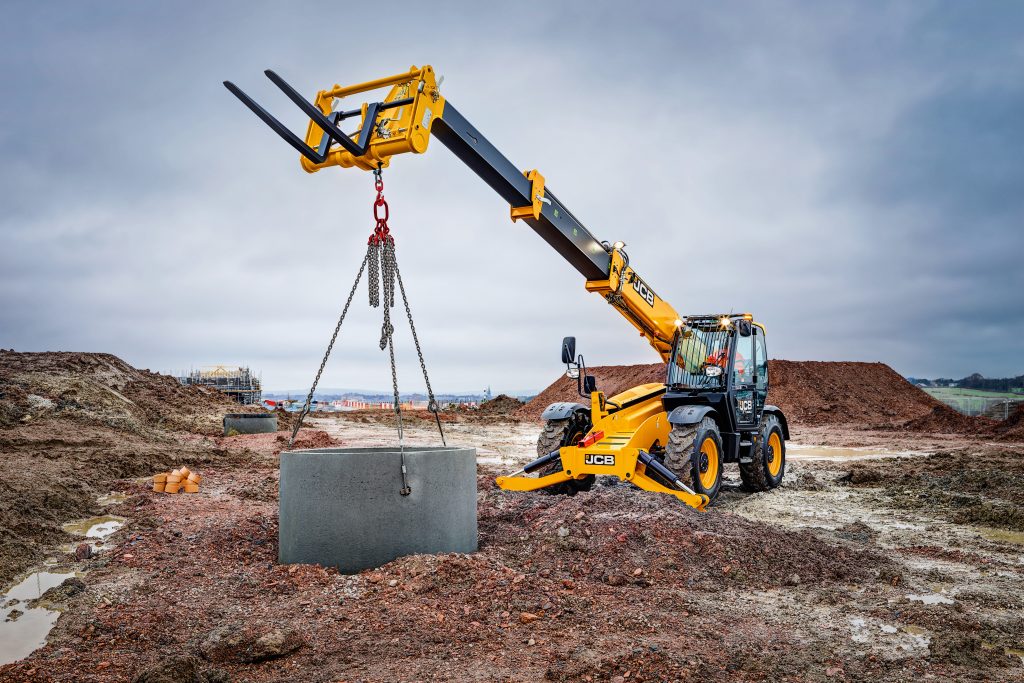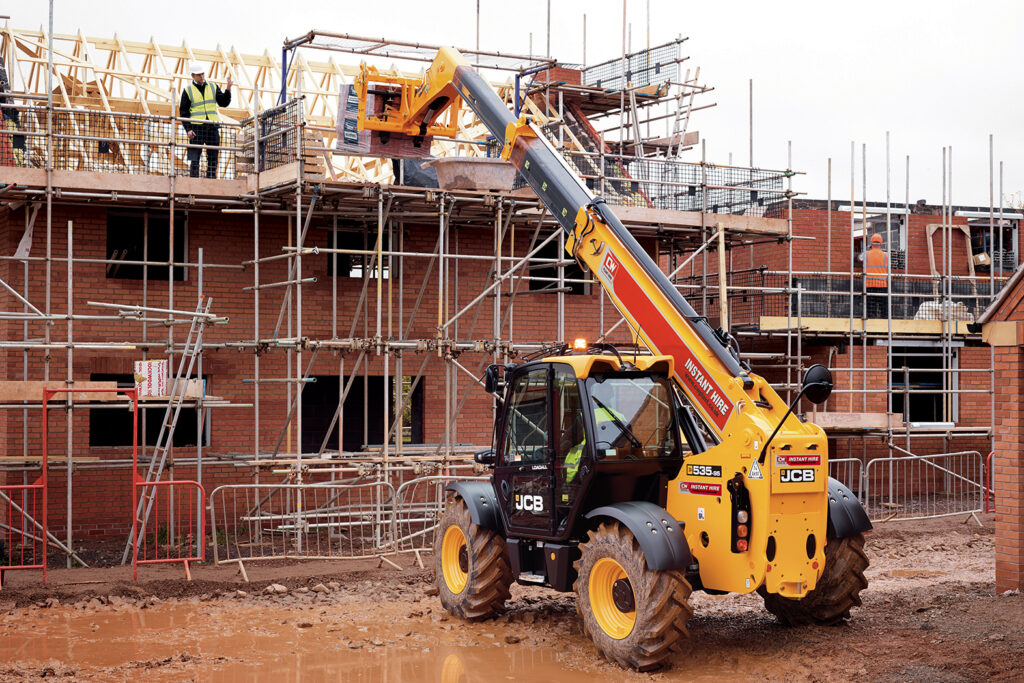If you’re looking to hire a telehandler, it’s important to understand its capabilities and specifications to ensure it can perform the required tasks safely and efficiently. Telehandlers have become a popular material handling solution across various industry sectors due to their versatility and ability to perform multiple functions with the use of powered and non-powered attachments. This article provides a guide on how to hire a telehandler, covering factors such as lift capacity, reach, stabilizers, and operator competence.
Versatile Lifting
Telescopic handlers have become an essential piece of equipment for many industry sectors. From house building to civil engineering, agriculture to events management, the telehandler offers a versatile material handling solution that can be tailored to meet the needs of contractors and plant hirers in a variety of applications.
The machines have a telescopic boom that offers both lifting height and forward reach, allowing the operator to raise and place a load at height. Telehandlers can also be used to lift and carry a load across a site, from delivery truck to storage area, or to the point of use. Rotary telescopics offer a third dimension, with a rotating upperstructure allowing the operator to lift, turn and place the load, without having to relocate the base machine.
A major aspect of a telehandler’s versatility, is its ability to operate with a wide range of powered and non-powered attachments. Pallet forks and digging or loading buckets will no doubt be the most popular choice, but operators can also work with sweeper collectors, crane jibs and winches and, where specifically designed, the telescopic handler can be used with an aerial work platform basket, to provide access for operatives and materials working at height.
Reach Higher On Hire
When it comes to hiring a telescopic handler, there is no shortage of choice. Rental specialists such as CW Plant Hire offer a wide range of telehandlers, including forward reach and rotating boom models. Telescopic machines tend to be classed in terms of maximum lift height, plus maximum lifting weight.
However, the fact that a machine can lift up to 3.0-tonnes and has a maximum lift height of 10m, does not necessarily mean that it can achieve both at the same time and it will certainly not be able to lift that same weight throughout its entire working envelope. Unlike a masted forklift, which simply raises and lowers the same weight in a vertical movement, the telescopic machine’s extending boom changes the dynamic load as it moves further away from the cab.
A typical machine with a 3-tonne lift capacity and a 7m working height, may only be able to lift 2.4-tonnes when it reaches that maximum height, or just 1,250kg when the boom is fully extended forwards. When specifying a machine therefore, the user not only needs to know the weight of the material that is being lifted, but how far away the base machine will be positioned when placing that load.
Operating Capacity
As machines get larger, with heavier lift capacities and working heights possible, they will also be equipped with hydraulic stabilisers or outriggers. All rotary machines have diagonally opposed, often self-levelling, stabilisers that ensure the machine is level before allowing the load to be raised and placed. The lifting envelope will vary depending on stabiliser use, although the machine’s own weigh load system will inform the operator of an approaching overload situation.
Operator Competence
Though it is not strictly a legal requirement, the majority of construction sites will insist that a telehandler operator holds a CPCS (Construction Skills Certification Scheme) card, that covers the use of the machine. In the case of a regular forward reach telehandler, that will be a CPCS A17 Telescopic card. For those operating a rotating machine, that should be enhanced to a CPCS A77 Telescopic Handler 360 Slew certificate.
In either case, the operator should be trained and fully conversant in the safe operation of the machine before attempting to drive the telehandler on site. All lifting operations should be planned and fully assessed before commencement, to ensure that the machine is capable of the task, that the ground on which it is working is suitable for lifting operations.
